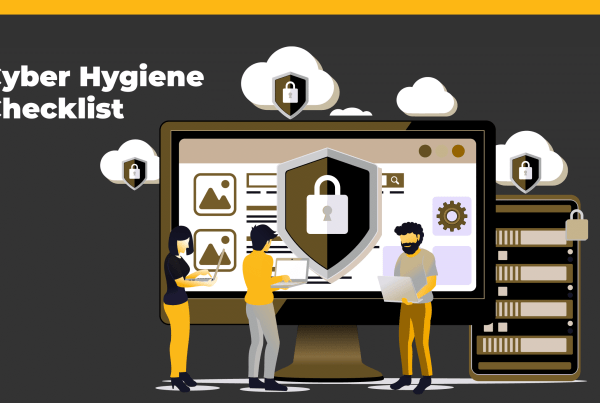Data security emerges as a concern for organizations, both large and small.
The constant movement, storage, and access of business and personal information expose it to potential risks, making it imperative for companies to fortify their defenses against data leaks and breaches.
Recent incidents, such as the data leak investigation at General Electric and the security lapse at Duolingo, underscore the vulnerability of data in today’s interconnected world.
Even Bahrain’s flag carrier, Gulf Air, found itself grappling with a potential data breach. These events reinforce the pressing need for organizations to be proactive in safeguarding their valuable assets and protecting their customers’ information.
The Changing Regulatory Landscape
In response to the escalating threats, regulatory bodies like the U.S. Federal Trade Commission and Securities and Exchange Commission have introduced updates that mandate businesses to prioritize transparency and adhere to stricter security measures.
These changes have practical implications for data storage, transfer, and usage, adding to the accountability pressure companies face regarding the data they handle.
Distinguishing Data Leaks from Data Breaches

Understanding the nuances between data leaks and data breaches is crucial for effective mitigation. While both involve the unauthorized exposure of data, the key differentiator lies in the cause of exposure. A data leak is often accidental, resulting from human error, system vulnerabilities, or misconfigured security settings. In contrast, a data breach is intentional, with attackers infiltrating systems to steal, manipulate, or exploit sensitive information.
Causes and Prevention Strategies
Various factors contribute to compromised data, emphasizing the need for robust prevention strategies:
- Human Error: A staggering 95% of cybersecurity breaches result from human error, making it imperative for organizations to prioritize employee training and vigilance.
- Social Engineering Attacks: With remote work becoming more prevalent, the risk of social engineering attacks has risen. Implementing robust security measures and educating employees on phishing, baiting, and pretexting is crucial.
- Ransomware Attacks: The pervasive threat of ransomware demands heightened cybersecurity measures, including regular system backups and employee awareness programs.
- Weak Password Protection: Strengthening password policies and encouraging the use of unique, complex passwords can significantly mitigate the risk of unauthorized access.
- Malicious Software: Implementing robust antivirus and anti-malware solutions is essential to thwarting cybercriminals’ attempts to gain unauthorized access.
- Insider Threats: Organizations must be vigilant against accidental, negligent, and malicious insiders by implementing comprehensive monitoring systems and strict access controls.
- Unusual Activity in the Network: Real-time monitoring of network activity and immediate action against unauthorized access attempts are crucial for preventing breaches.
- Supply Chain Attacks: Conducting thorough vetting of third-party vendors and maintaining strict cybersecurity policies can help organizations guard against supply chain attacks.
Code-Based Data Leaks
Developers play a critical role in preventing data leaks originating from faulty code. Automated code analysis tools can identify vulnerabilities, such as log leaks and API exposures, early in the development process. Integrating these tools into the development lifecycle empowers organizations to be proactive in their security strategy.
Proactive Measures for Homegrown Applications
To proactively prevent data leaks in homegrown applications, organizations should consider:
- Real-time Monitoring Systems: Employ monitoring systems that identify suspicious activities and traffic behavior in real-time.
- Regular Code Audits: Conduct regular code audits and penetration tests to detect weaknesses or vulnerabilities in public APIs.
- Automated Code Analyzers: Utilize automated sensitive data code analyzers to identify potential leaks early in the development process.
- SBOM Reports: Have a Software Bill of Materials (SBOM) report showing data flows and mapping to enhance developers’ understanding of data movement within their systems.
- Infrastructure Controls: Implement robust infrastructure controls to regulate access, storage, and usage of data in the backend.

By diligently following these steps, organizations can significantly reduce the risk of unintended data exposure in their software, thereby minimizing the potential for costly leaks or breaches and protecting customer trust. In the dynamic landscape of data security, proactive measures are the key to maintaining a robust digital fortress.





